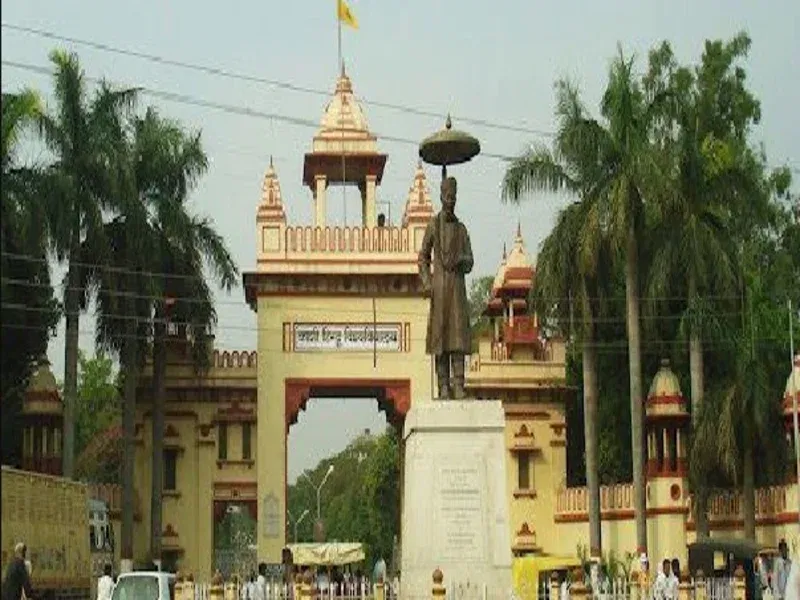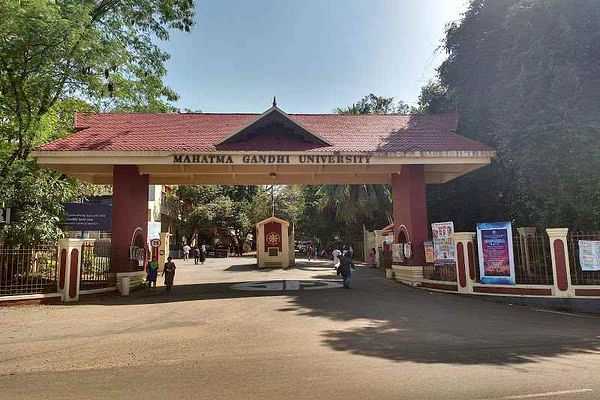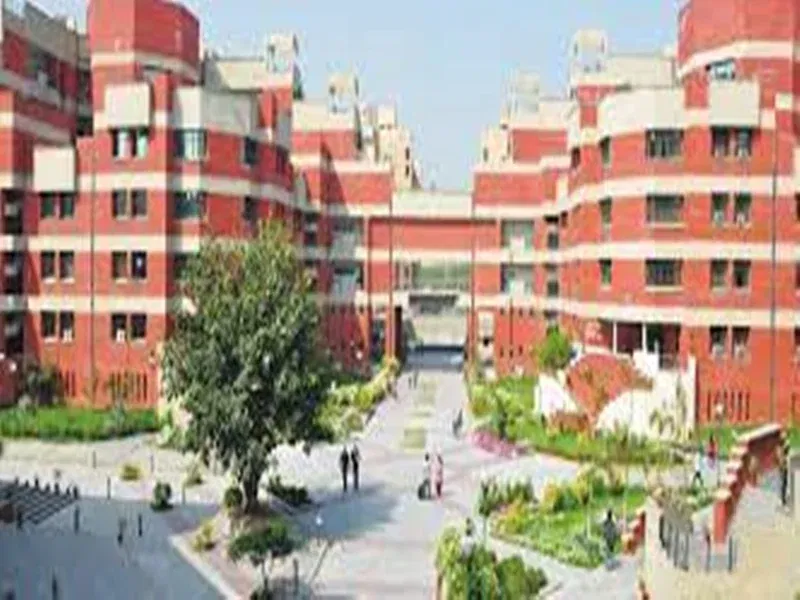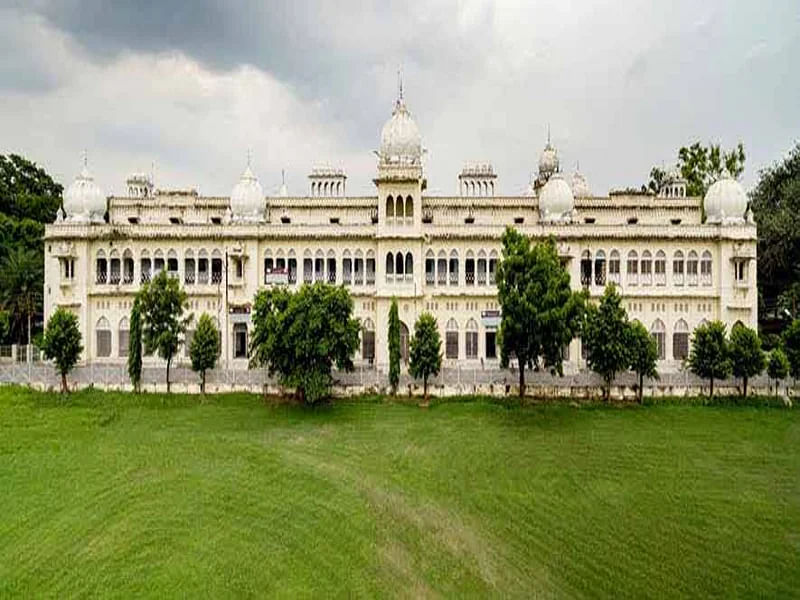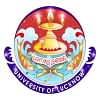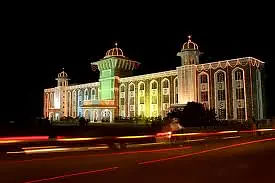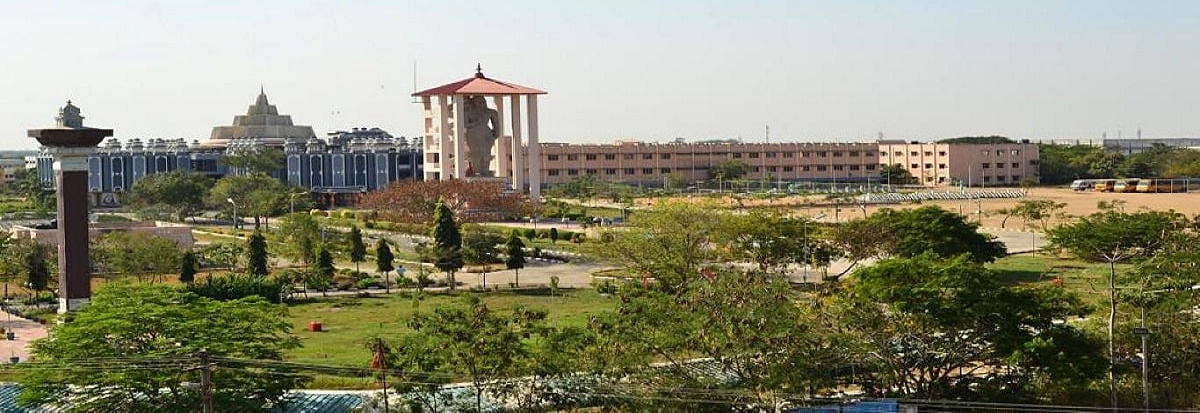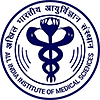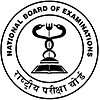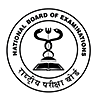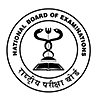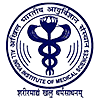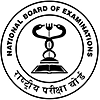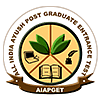BAMS 2nd Year Syllabus: Subjects List, Practicals, Books
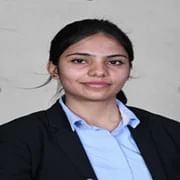
BAMS 2nd year syllabus focuses on enriching the students with the required theory and practical skills related to Ayurvedic Medicine and Surgery such as Dravya, Roganidana, Rogi Pariksha, etc. The BAMS syllabus for the second professional year covers subjects such as Dravyaguna Vigyan, Roga Nidana, Rasashastra Evum Bhaishajya Kalpana and Charakasamhita Purvardha.
The BAMS 2nd year subjects include topics such as Dravya, Guna, Rasa, Vipaka, Veerya, Karma, Basis of Nomenclature, etc with special emphasis on the concepts of Ayurvedic Medicine to enable students with comprehensive knowledge and understanding.
BAMS course practical subjects focus on topics such as the study of macroscopic and microscopic organisms such as their Kanda, Patra, Pushpa, Phala, Beeja, etc.
Check Detailed Year Wise Syllabus:
| BAMS 1st Year Syllabus | BAMS 3rd Year Syllabus | BAMS 4th Year Syllabus |
Table of Contents
BAMS 2nd Year Syllabus
The BAMS Syllabus 2nd year focuses on advanced subjects such as Dravya, Roga Nidana, Dosha Dhatu, Dosha Vriddhi, Nidan Panchaka, etc to provide students with knowledge related to Medicine, Drug Administration, Effects, etc.
Listed below is the BAMS 2nd-year syllabus:
|
Syllabus |
Paper-I |
Paper-II |
|
Charakasamhita -purvardha |
Sutrasthana, Indriyasthana |
Nidanasthana, Vimanasthana, Sharirasthana |
|
Roga Nidana |
Dravya Varga, Application of Musha, Description of Yantras |
Maharasa, Uparasa, Ratna, Sudha varga, Dhatu |
|
Rasashastra Evam Bhaishajyakalpana |
Bhaishajya Kalpana, Bheshajprayogavidhi, Aushadhisiddha |
Bahyopacharartha kalpana,Netraupacharartha kalpana |
|
Dravyaguna Vijnan |
Dravyaguna Shastra Paribhasa, Dravya, Guna |
Dravya Shodhana, Apamishran, Nighantu Vigyan |
BAMS 2nd Year Subjects
BAMS subjects 2nd-year cover topics such as Vipaka, Veerya, Rasa, Guna, Annapana Varga, Dravya, Basic Pathology, Vyadhi Vigyan, Nidana Panchaka Vigyana, Rasavaha Srotas, etc.., to provide students with the knowledge about disease pathology, drugs, and treatment of various medical conditions.
Listed below are the BAMS 2nd year subjects and the topics covered:
|
Subjects |
Topics Covered |
Type of Subject |
|
Charakasamhita -Purvardha |
Sutrasthana, Indriyasthana, Nidanasthana, Sharirasthana, Vimanasthana |
Core |
|
Rasashastra Evam Bhaishajyakalpana |
Maharasa, Uparasa, Sadharana Rasa, Dhatu, Ratna, Uparatna, Sudha Varga, Sikata Varga, Visha and Upavisha |
|
|
Roga Nidana |
Dosha Dushyati Vigyan, Vyadhi Vigyan, Basic Pathology, Nidana Panchaka Vigyana, Pariksha Vigyana, Diseases of Rasavaha Srotas, Diseases of Mamsavaha Srotas |
|
|
Dravyaguna Vigyan |
Dravya, Guna, Rasa, Vipaka, Veerya, Prabhava, Karma, Mishraka Gana |
BAMS 2nd Year Practical Subjects
Apart from the core subjects, the BAMS 2nd year syllabus also includes practical subjects such as Roga Nidana, Rasashastra Evam Bhaishajyakalpana, Dravyaguna Vigyan that covers topics such as the demonstration of organoleptic characteristics, Jangama Dravya, Hemoglobin Estimation, Ayurveda Anusara Mutrapariksha, etc.
Listed below are the BAMS practical subjects 2nd year:
|
Practical Subjects |
Topics Covered |
|
Rasashastra Evam Bhaishajyakalpana |
Parada, Maharasa Varga, Uparasa Varga, Sudh Varga, Dhatu Varga, Visha Varga |
|
Roga Nidana |
Hemoglobin estimation, Blood Count, Erythrocyte Indices, Physical Examination, Chemical Examination |
|
Dravyaguna Vigyan |
Study of organoleptic demonstration of Kanda, Patra, Pushpa, Phala, Beeja, Nirayasa, Moola |
BAMS 2nd Year Syllabus Question Paper Marking Scheme
The BAMS syllabus 2nd-year question paper marking scheme may vary based on the college or university. The students are evaluated based on the scores obtained in the practical examination and theory examination. The total marks for each subject may vary as per the theory and practical marks from 100-400 marks for each paper.
Listed below are the BAMS 2nd year question paper marking scheme details:
|
Subjects |
Theory Marks |
Practical Marks |
Total Marks |
|
Charakasamhita -Purvardha |
100 |
- |
100 |
|
Rasashastra Evam Bhaishajyakalpana |
200 |
200 |
400 |
|
Roga Nidana |
200 |
100 |
300 |
|
Dravyaguna Vigyan |
200 |
200 |
400 |
BAMS Books 2nd Year
BAMS books 2nd year help the candidates understand various concepts related to Ayurvedic medicine, treatment, diagnostic studies, physical and chemical examination, etc. Listed below are some of the popular BAMS 2nd year books recommended by most colleges and universities in India:
|
Book |
Author |
Topics Covered |
|
Bhaisajyaguna Vigyana |
Dr. Alaknarayanan Singh |
Jala Varga, Kaidarya, Kamala, Concept of Dravya Shodan |
|
Controversial Medicinal Plants |
Vd. Bapa Lal |
Introduction to Dravyaguna, Drugs Useful in Panchakarma Therapy, Ancient Medicinal Plants and uses |
|
Nadi Darshan |
Dr.Tara Shankar |
Pannini, as explained by Bhattoji Diksita, Sandhis and declensions, Taddhita affixes |
|
Textbook of Pathology |
William Boyds |
Evolution of Pathology, Autopsy Pathology, Cytogenetics, Intracellular Accumulations |
|
Common Medical Symptoms |
Mehta |
Paresthesia, Allergies, Asthma, Epilepsy, Infectious and Non Infectious Symptoms |
Top BAMS [Bachelor of Ayurvedic Medicine and Surgery] Colleges
Top Medical Entrance Exams
BAMS Fee Structure
FAQs on BAMS 2nd Year Syllabus
Q: What are the subjects in BAMS 2nd year?
Q: What are the contents of Charakasamhita -purvardha in BAMS 2nd year syllabus?
Q: What are the assessment methods used in the second year of BAMS?
Q: How are students evaluated for practical subjects like Dravyaguna Vigyan and Rasa Shastra?
Q: What practical skills are developed in Roga Nidana?
